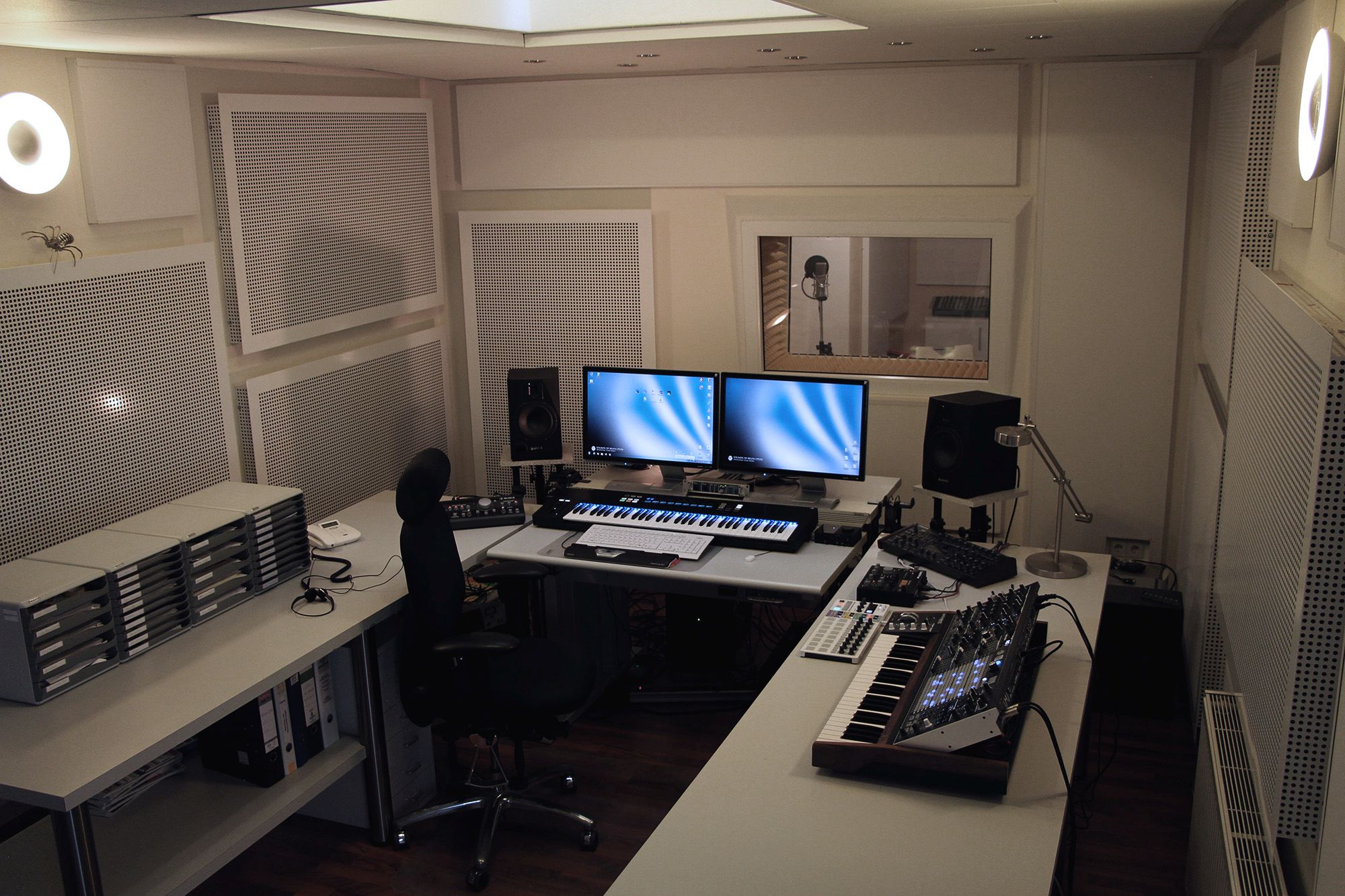Perfect volume to mix music
To be able to judge a mix well, you need fresh ears that you can rely on. Therefore, the ear should not tire too quickly. To prevent this from happening, you should follow a few rules for the perfect volume to mix music.
How loud should your monitor speakers be during mixing?
Official recommendations range between 75 and 87db, as this volume is the best way to assess the frequency image over the long term. You can check that with an app for your mobile phone (e.g. ‘Schallmessung’, ‘Decibel Meter’ or ‘SPL Meter’). The fact is that sustained sound pressure above 87db can lead to permanent hearing loss. Everyone who has ever been to a loud concert or in a very loud club knows the intoxicated whistling in their ears.
If the listening room is acoustically optimized, it is possible to generate an ideal mix at 70db and less without any problems. Ideally, you always listen at the same volume throughout the mixing process in the recording studio or home studio. There are devices where you can set the volume and then switch between the different fixed values with a button as required.
With common controllers such as a Mackie Big Knob (with rotary potentiometer), a quick and precise volume changeover is not possible.
I can recommend the 2400 Audio Imperium Monitor Controller.
One advantage is that your own ear is trained to be able to judge the mix better thanks to the exact listening volume even if you want to quickly increase or decrease the volume by one click.
Last but not least: A normal loud conversation is a good orientation. If you can still chat in a relaxed manner at the usual volume, the listening level is good.
With increasing age, however, you may well have to increase the listening volume a little, as your hearing naturally decreases.
Why is the same listening volume so important ?
Our hearing cannot perceive all frequencies equally at every volume. The louder we listen, the more extreme we perceive bass. The result is that we hear more bass in the studio than is actually there. This would mean that we would mix the bass too quietly. Conversely, we mix the bass too loud if the monitoring volume is too low.
Certainly it can be useful to listen a little louder from time to time. For example, if you want to evaluate the frequency range of a single instrument in detail to edit it with the equalizer, or to evaluate exact effect settings (DRY / WET). And let’s be honest – feeling the hard bass, especially when producing techno, is just fun.
Take a break
A good starting point is to take a break when you feel like you should turn the music up. After all, hearing comes to the point that it tires. 15 min breaks are usually enough to carry on with fresh ears. But at some point every producer comes to a point where a 15-minute break is no longer enough to ‘reset the ears’. Details in the music get simply lost. Then you should continue working the next day at the earliest. Tired ears definitely ruin the mix.
Another important thing: Never adjust the volume of the monitors in the computer, because this will reduce the resolution of your converter. The result is that the sound quality simply suffers. And that should be avoided urgently.
Adjust the volume externally
Never adjust the volume of the monitors in the computer, because this will reduce the resolution of your converter. The result is that the sound quality simply suffers. And that should be avoided urgently.
I hope you find this information about the perfect volume to mix music useful!






